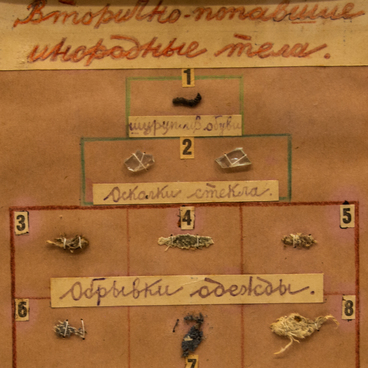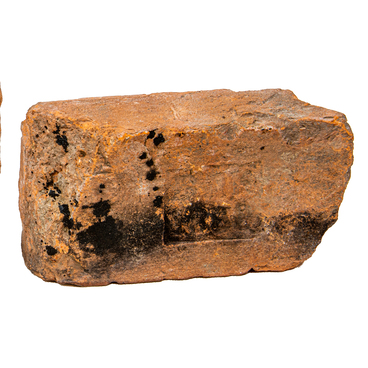The service jacket of the naval air force Major General Georgy Pavlov was donated to the Hall of military fame by his daughter Tamara Podolyak in 2014.
Georgy Pavlov was born in Kolomna in the family of the Kolomna machinery plant employee. His father was killed in the First World War. Pavlov was called up for the military service in 1932 from the first year of studying in polytechnic institute named after M. I. Kalinin. He graduated from military theoretical pilot school, and in 1936 he graduated from the Yeisk Air Naval School.
During the Great Patriotic War of 1941-1945 Pavlov was a pilot of the Black Sea Fleet aviation. He rescued the wounded people near Novorossiysk, in the village of Myshako: he flew UT-2 12 times to the paratroopers and took out two people each time under barrage fire. In this operation, he saved the lives of 24 comrades. Pavlov was sent to retraining courses in 1943, where he mastered the ‘Il-2’ battleplane, which was called the ‘flying tank’.
Pavlov fought in the polar sky on this plane. He inflicted great damage on the fascist fleet: when he was storming ground targets he sank a tanker with a displacement of 12 thousand tons, two ships with a total displacement of 12 thousand tons and one torpedo vessel, damaged an escort vessel, destroyed a lot of fascist equipment. Pavlov’s exploits went down in the Northern Fleet aviation history.
In 1944, the pilot became famous as the topmast bombing master. It was conducted at an extremely low altitude: the aircraft almost touched the masts of the ships. Such bombing was considered dangerous for the pilot’s life, but it was very effective: it was almost impossible to evade the blow. The pilot dropped bombs not from above, as was usually done, but from a low-level flight not reaching the target. They ricocheted off the water, hit the shipboards, punctured the hull and exploded inside the ship.
Pavlov was the first to use this method in his regiment — for this he was nicknamed as ‘the pioneer of the topmast strike’. He trained almost all the pilots in his military unit. When the fascists began to widely use self-propelled barges and other small-sitting vessels for sea transportation, the topmast bombing of Soviet pilots caused significant damage to their fleet.
Georgy Pavlov was born in Kolomna in the family of the Kolomna machinery plant employee. His father was killed in the First World War. Pavlov was called up for the military service in 1932 from the first year of studying in polytechnic institute named after M. I. Kalinin. He graduated from military theoretical pilot school, and in 1936 he graduated from the Yeisk Air Naval School.
During the Great Patriotic War of 1941-1945 Pavlov was a pilot of the Black Sea Fleet aviation. He rescued the wounded people near Novorossiysk, in the village of Myshako: he flew UT-2 12 times to the paratroopers and took out two people each time under barrage fire. In this operation, he saved the lives of 24 comrades. Pavlov was sent to retraining courses in 1943, where he mastered the ‘Il-2’ battleplane, which was called the ‘flying tank’.
Pavlov fought in the polar sky on this plane. He inflicted great damage on the fascist fleet: when he was storming ground targets he sank a tanker with a displacement of 12 thousand tons, two ships with a total displacement of 12 thousand tons and one torpedo vessel, damaged an escort vessel, destroyed a lot of fascist equipment. Pavlov’s exploits went down in the Northern Fleet aviation history.
In 1944, the pilot became famous as the topmast bombing master. It was conducted at an extremely low altitude: the aircraft almost touched the masts of the ships. Such bombing was considered dangerous for the pilot’s life, but it was very effective: it was almost impossible to evade the blow. The pilot dropped bombs not from above, as was usually done, but from a low-level flight not reaching the target. They ricocheted off the water, hit the shipboards, punctured the hull and exploded inside the ship.
Pavlov was the first to use this method in his regiment — for this he was nicknamed as ‘the pioneer of the topmast strike’. He trained almost all the pilots in his military unit. When the fascists began to widely use self-propelled barges and other small-sitting vessels for sea transportation, the topmast bombing of Soviet pilots caused significant damage to their fleet.



